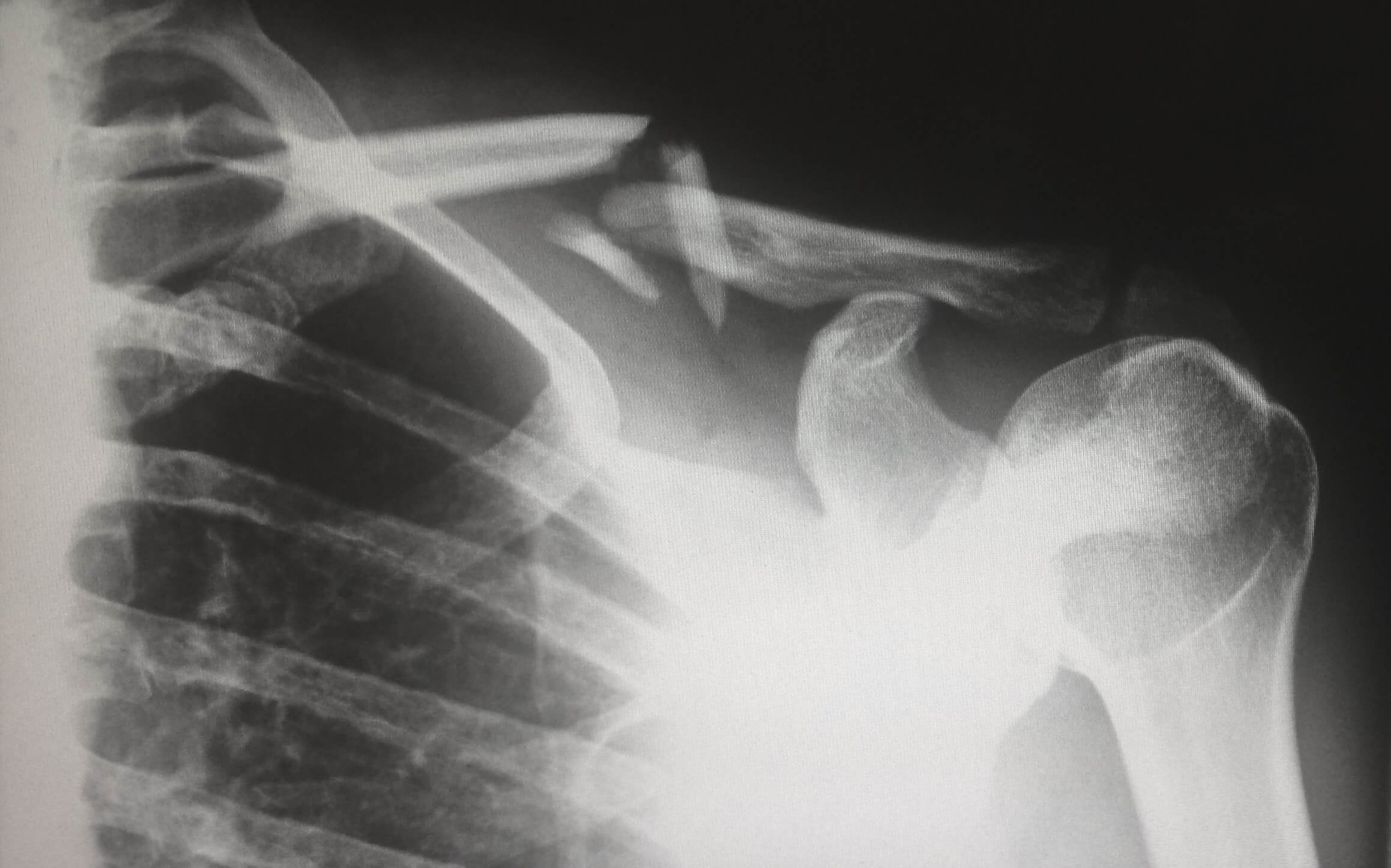The rotator cuff is a group of four muscles and their tendons that surround the shoulder joint and are responsible for stabilising and moving the joint. The shoulder joint has a wide range of motion, making it vulnerable to overuse and repetitive stress injuries.
When the rotator cuff tendons are torn, the arm's range of motion and strength can be compromised, leading to pain and discomfort. Rotator cuff tears can be classified into two main types: partial-thickness tears and full-thickness tears. Partial-thickness tears affect only a portion of the tendon, while full-thickness tears involve a complete rupture of the tendon.
What Causes Rotator Cuff Tears?
Rotator cuff tears can be caused by acute trauma or by chronic overuse. Acute tears can occur due to a sudden injury or fall, such as landing on an outstretched arm. Chronic tears, on the other hand, are usually the result of overuse or wear and tear on the tendons over time. Ageing can also cause degeneration of the rotator cuff tendons and a decrease in blood supply, making them more susceptible to tears.
Poor Posture
Poor shoulder posture can put excessive stress on the rotator cuff muscles and tendons, leading to wear and tear over time. People who smoke have been shown to have a higher risk of rotator cuff tears, likely due to the harmful effects of smoking on the body's tissues. Certain medical conditions, such as diabetes and thyroid disorders, have also been associated with an increased risk of rotator cuff tears.
Repetitive Motions
Individuals who perform repetitive overhead motions, such as athletes who play tennis or baseball, painters, or carpenters are more susceptible to rotator cuff tears due to overuse of the shoulder joint but are also at higher risk of sustaining an acute injury.
How Do I Know If I Have A Rotator Cuff Tear?
A rotator cuff tear can cause pain and weakness in the shoulder and arm, especially when lifting or reaching. It can limit the range of motion or cause stiffness in the shoulder joint, making it difficult to lift the arm or perform certain movements. Some people hear crackling or popping sounds in the shoulder joint when moving the arm, or experience swelling or bruising around the shoulder joint.
Consulting A Doctor
These symptoms can also be present in other shoulder injuries, however, so it's important to see a doctor to confirm the nature and extent of the shoulder injury. The doctor will examine the affected shoulder for signs of tenderness, swelling, and range of motion. They may also ask the patient to perform specific movements to assess the strength and function of the shoulder joint.
The doctor may order imaging tests such as X-rays, MRI (magnetic resonance imaging), or ultrasound to confirm the diagnosis. X-rays can help rule out other causes of shoulder pain, while an MRI and ultrasound can provide more detailed images of the soft tissues in the shoulder, including the rotator cuff tendons.
The doctor will ask about the patient’s medical history, including any previous injuries, medical conditions, or medications that may be contributing to their symptoms.
Based on the results of these tests, the doctor can determine the severity and location of the rotator cuff tear and recommend the appropriate treatment, which may include rest, physical therapy, pain management, or surgery in severe cases.
Warning Signs Of A Rotator Cuff Tear
A rotator cuff tear can cause significant pain and discomfort, making it difficult to perform everyday tasks that involve the shoulder joint. It is important to be aware of the warning signs of a rotator cuff tear, which may include pain, weakness, limited range of motion, and stiffness in the shoulder joint. The risk factors that can increase the likelihood of sustaining a rotator cuff tear include repetitive overhead motions, poor posture, smoking, and certain medical conditions.
If a rotator cuff tear is suspected, it is essential to seek medical attention to confirm the diagnosis and determine an appropriate treatment plan. Treatment options may include rest, physical therapy, medication for pain management, or surgery in more severe cases.
With proper diagnosis and treatment, many people with a rotator cuff tear can recover and regain full function of their shoulder joint, allowing them to return to their normal activities. Early detection and treatment can also help prevent further damage and complications, making it important to seek medical attention as soon as possible if a rotator cuff tear is suspected.


 71–75 Shelton Street, Covent Garden, London, WC2H 9JQ
71–75 Shelton Street, Covent Garden, London, WC2H 9JQ +44 (0) 20 3376 1032
+44 (0) 20 3376 1032



